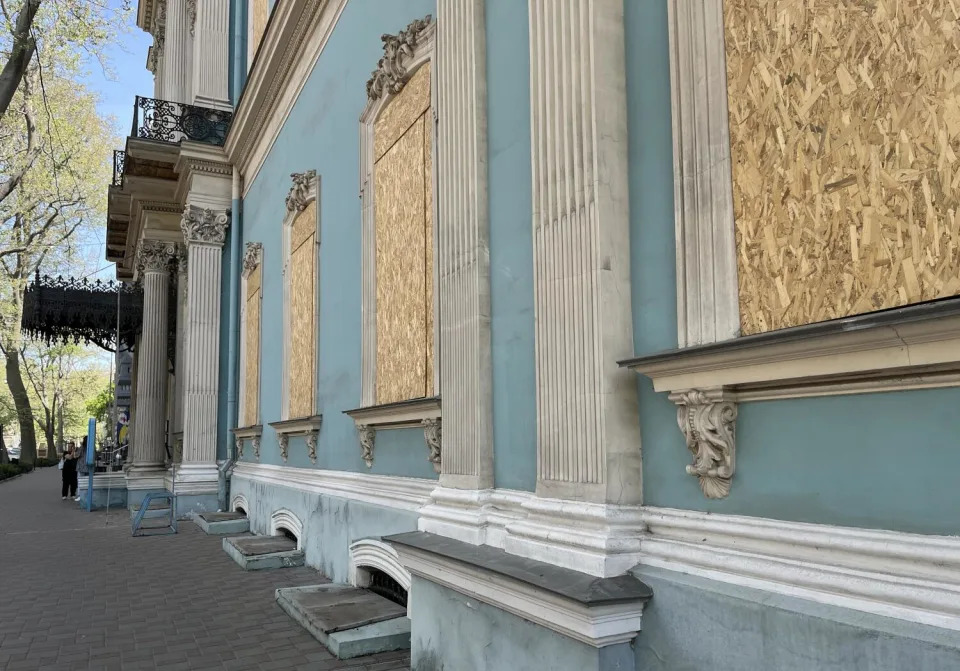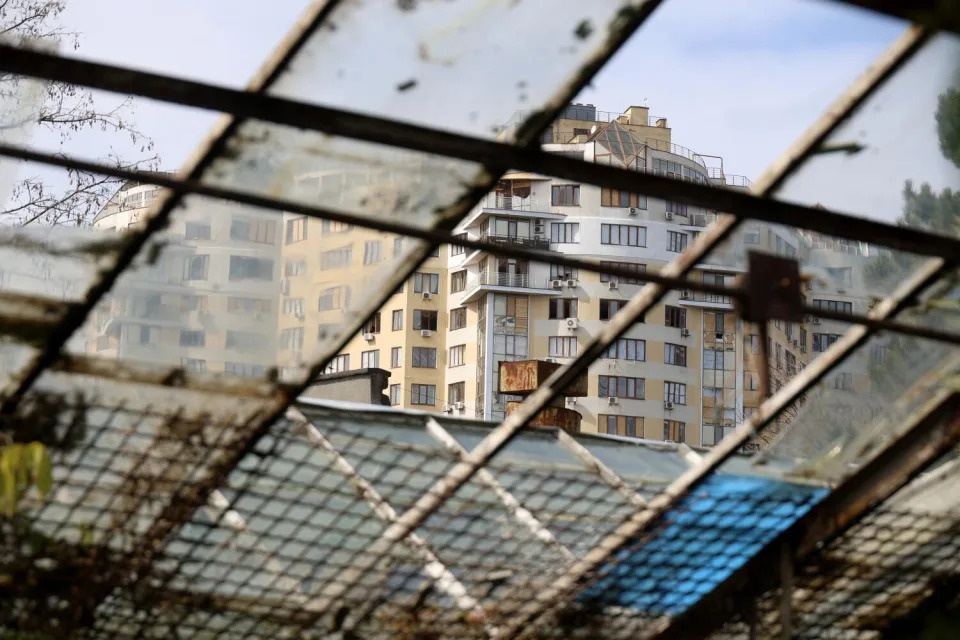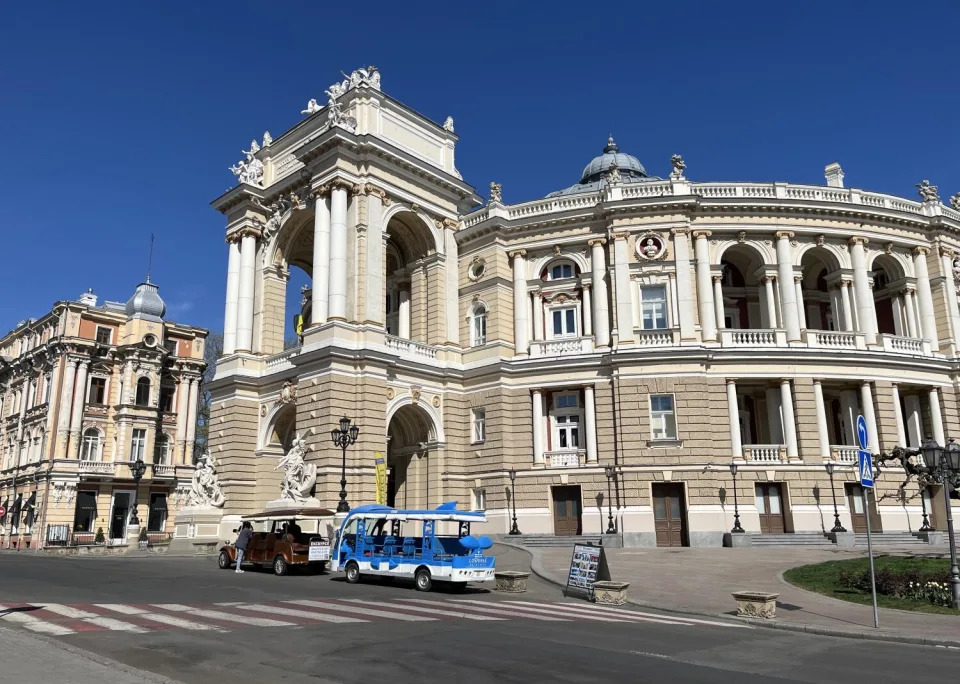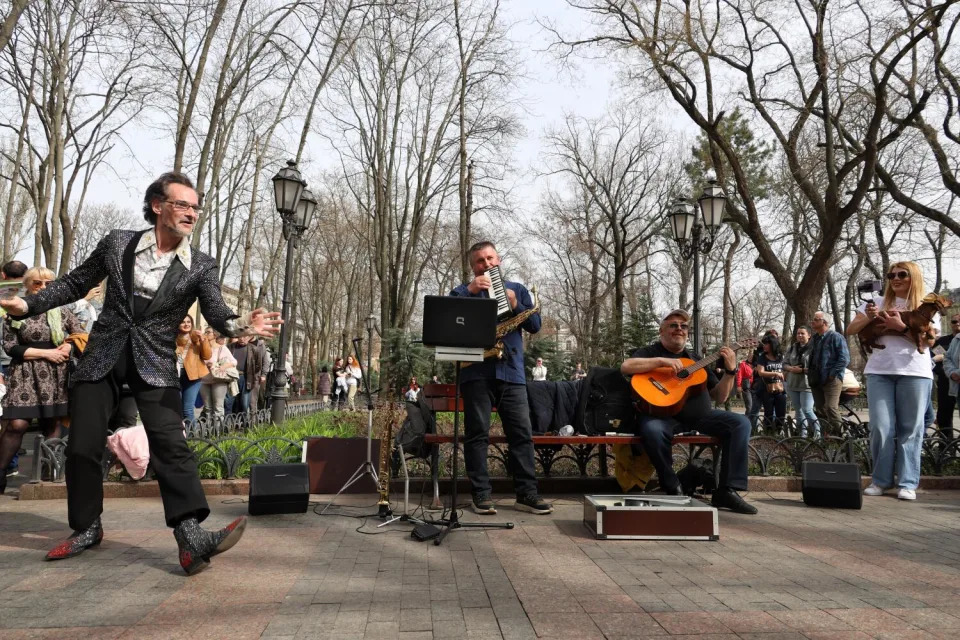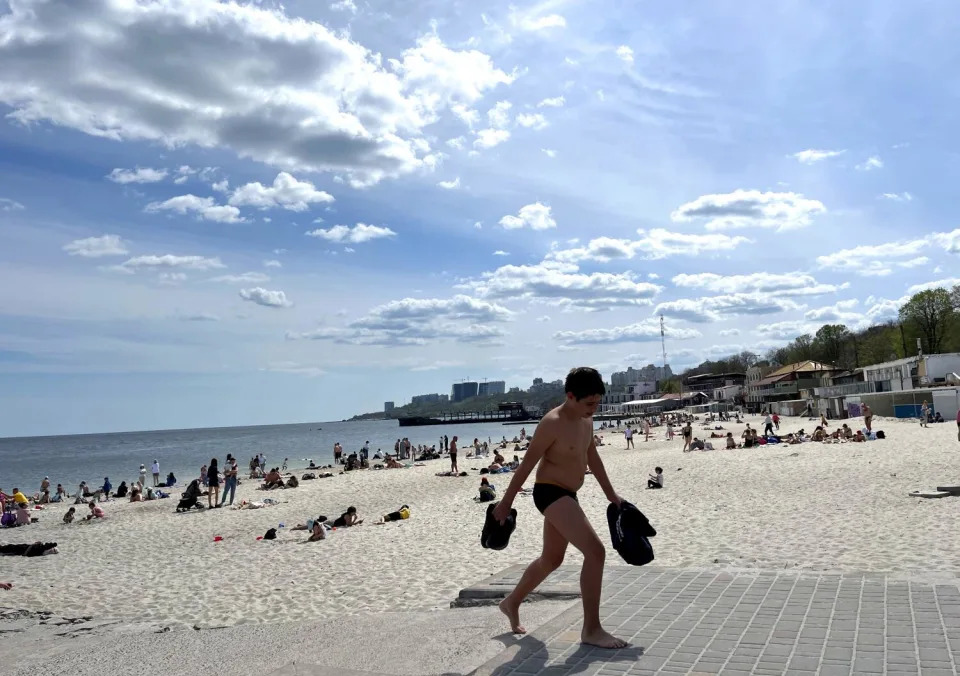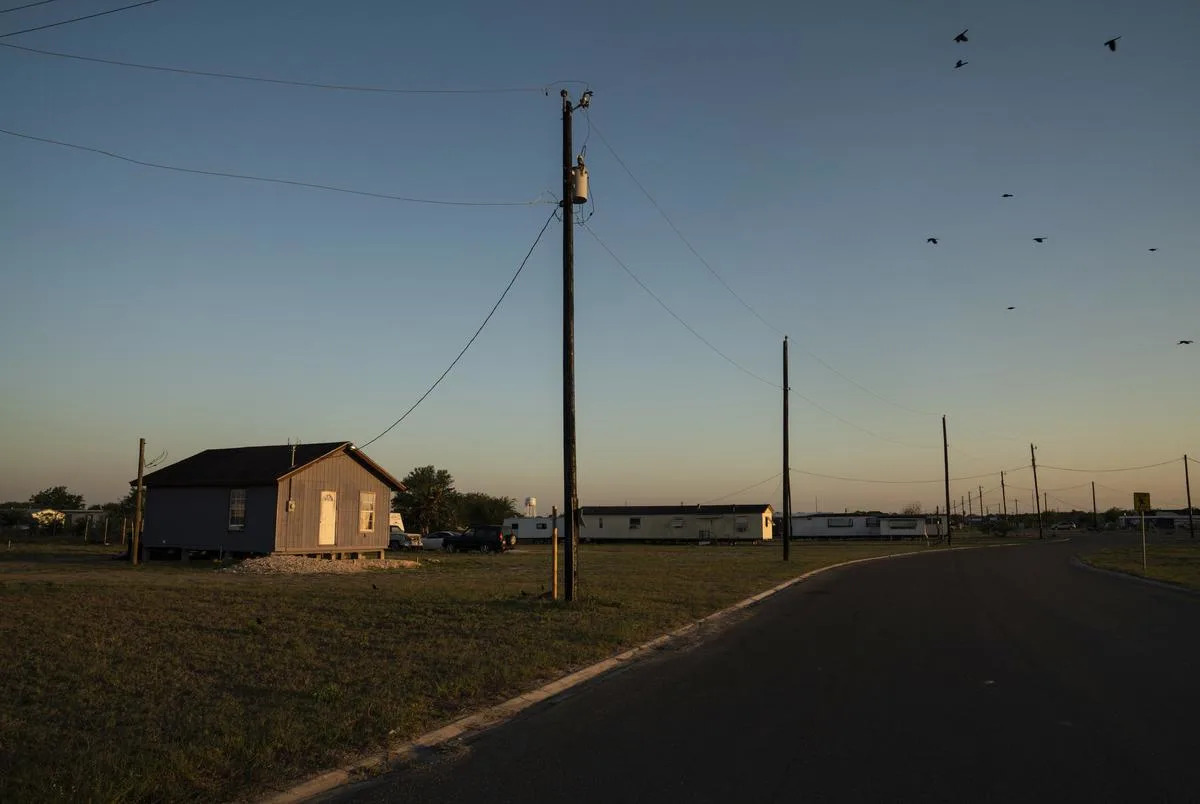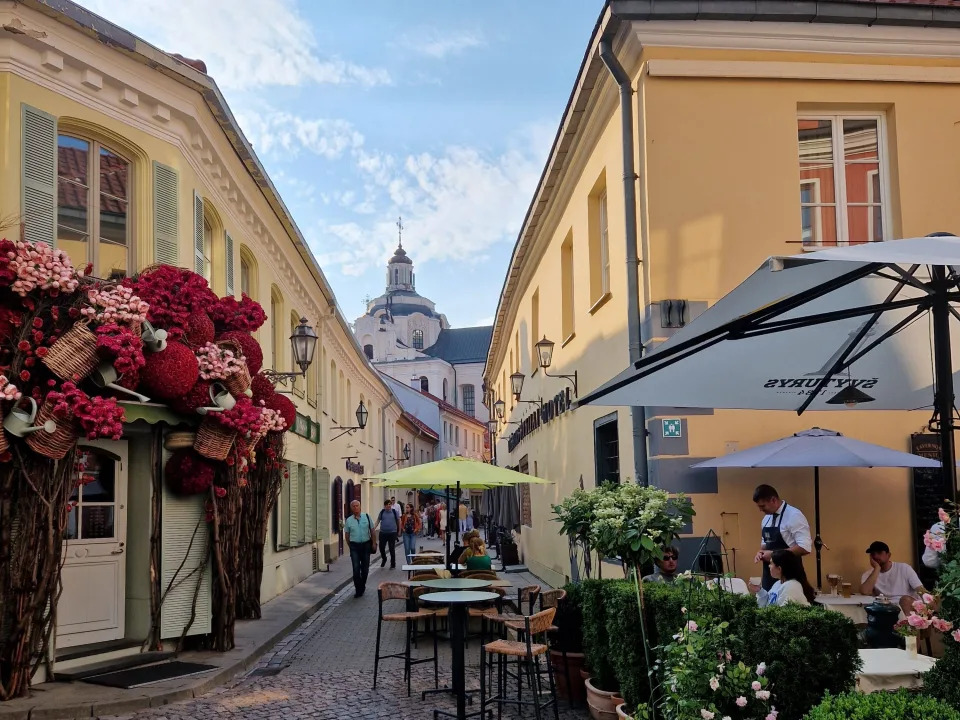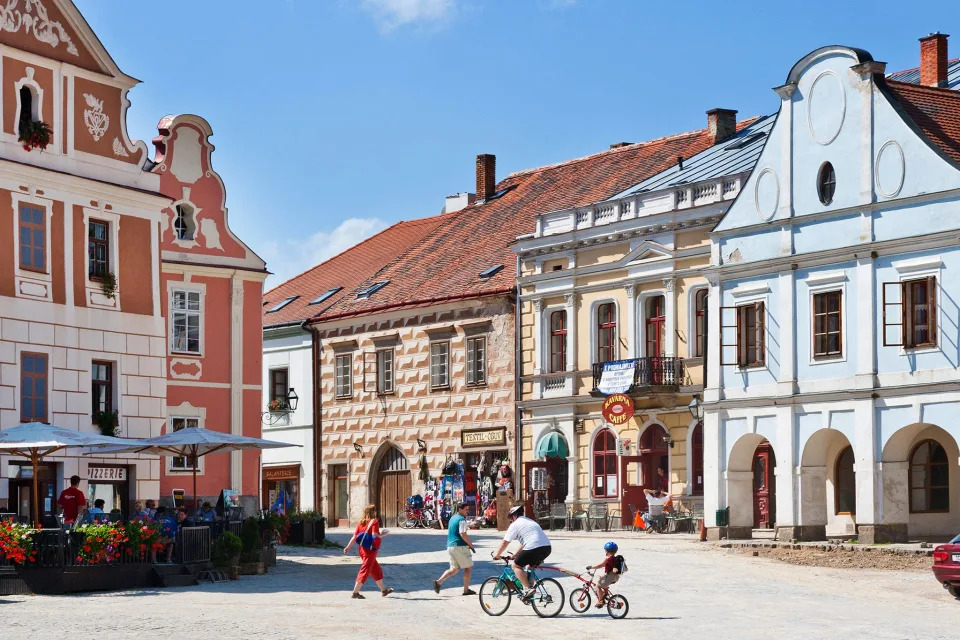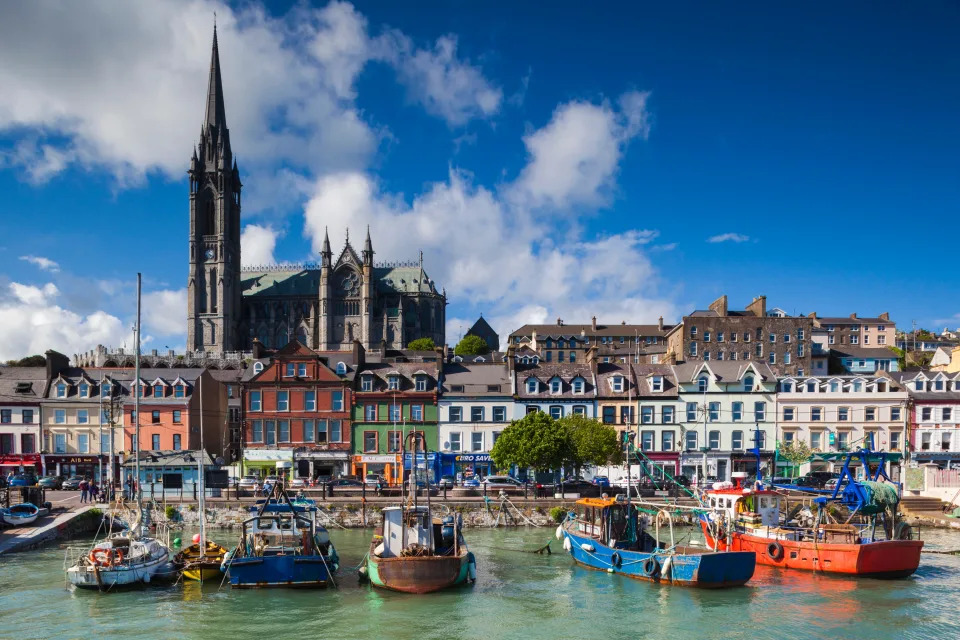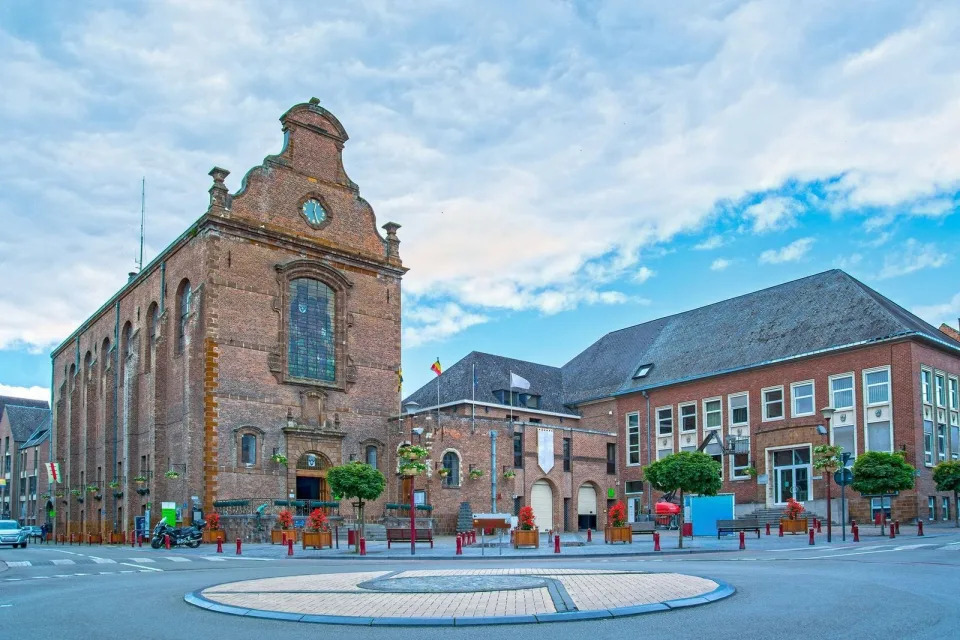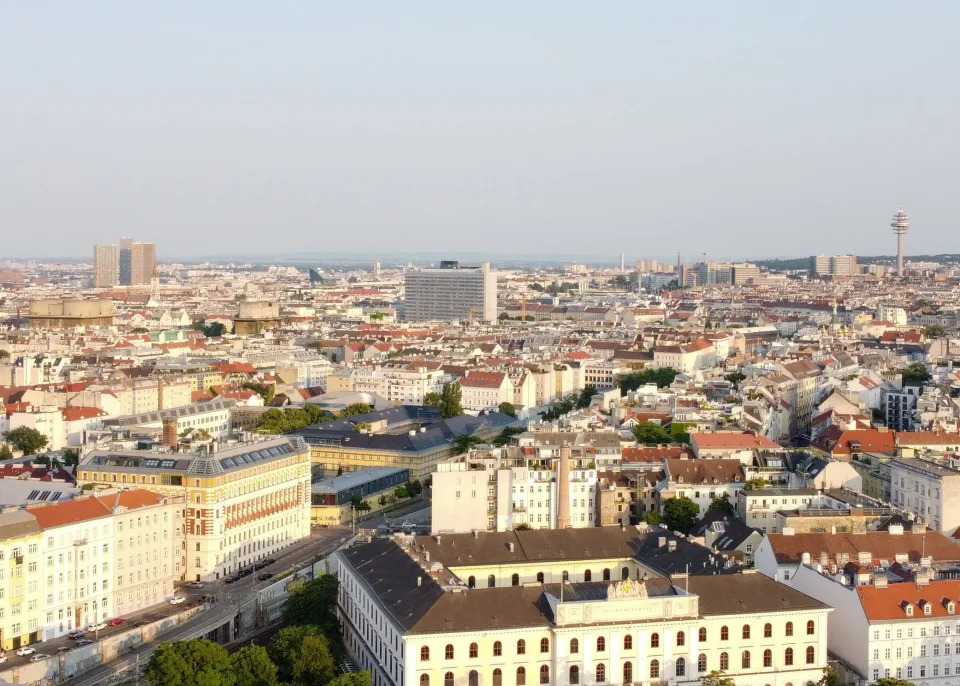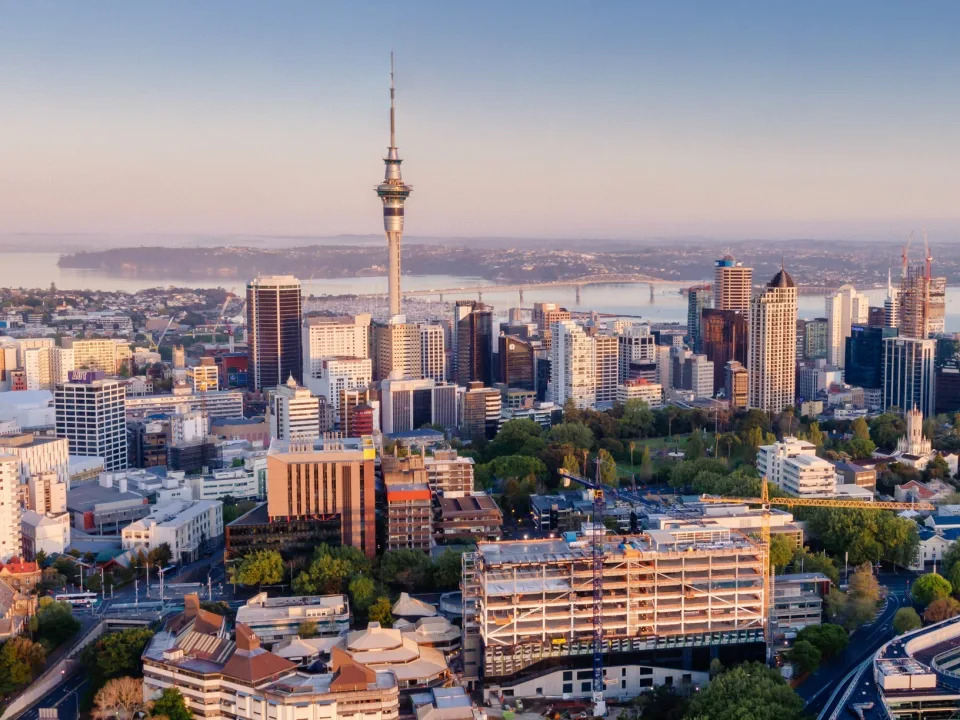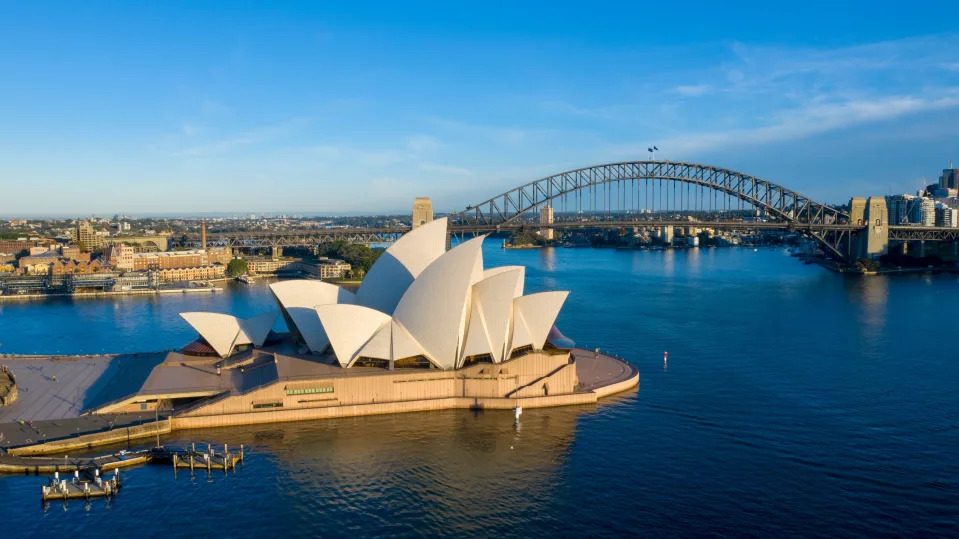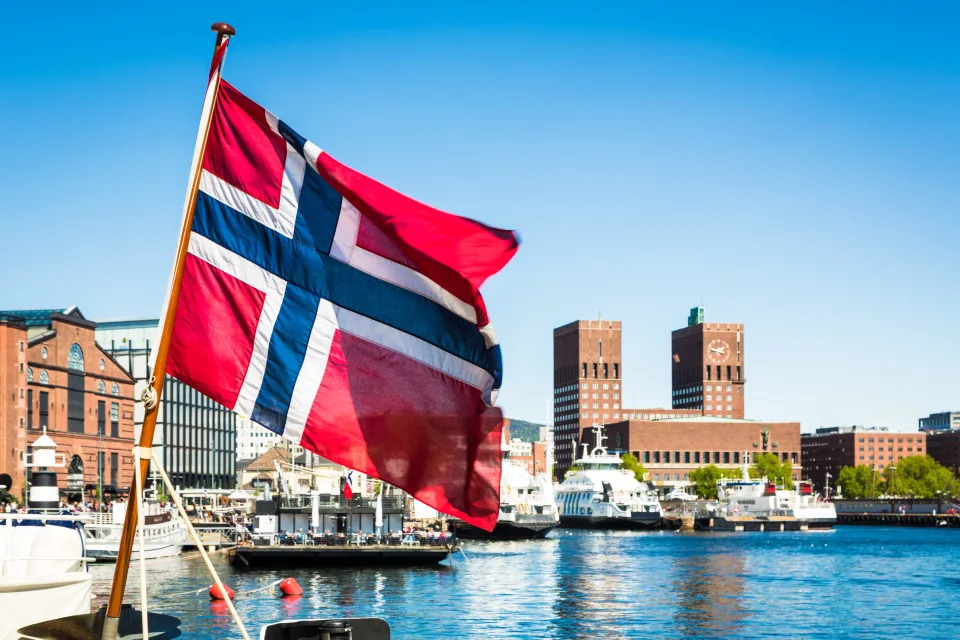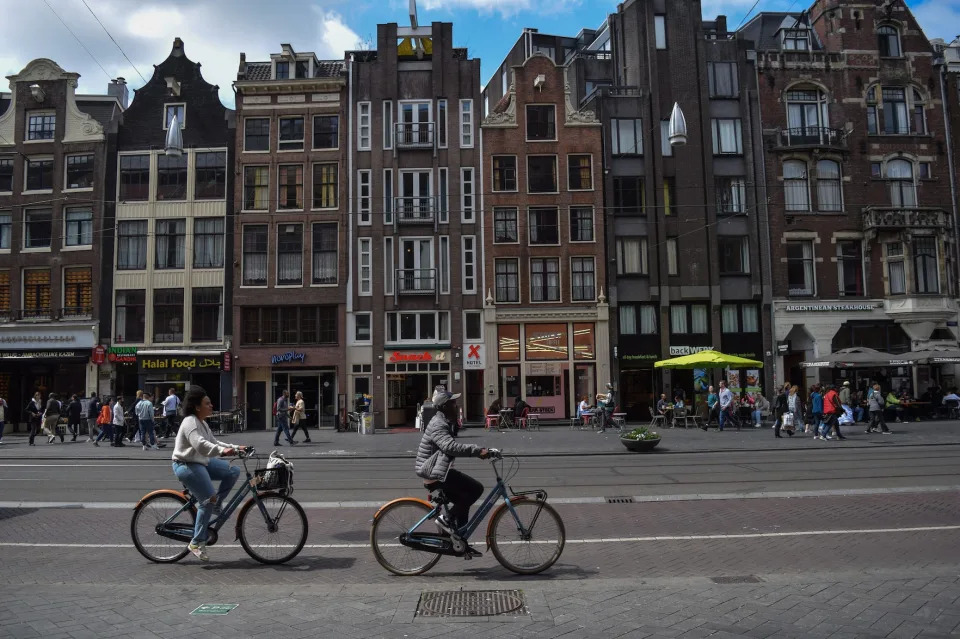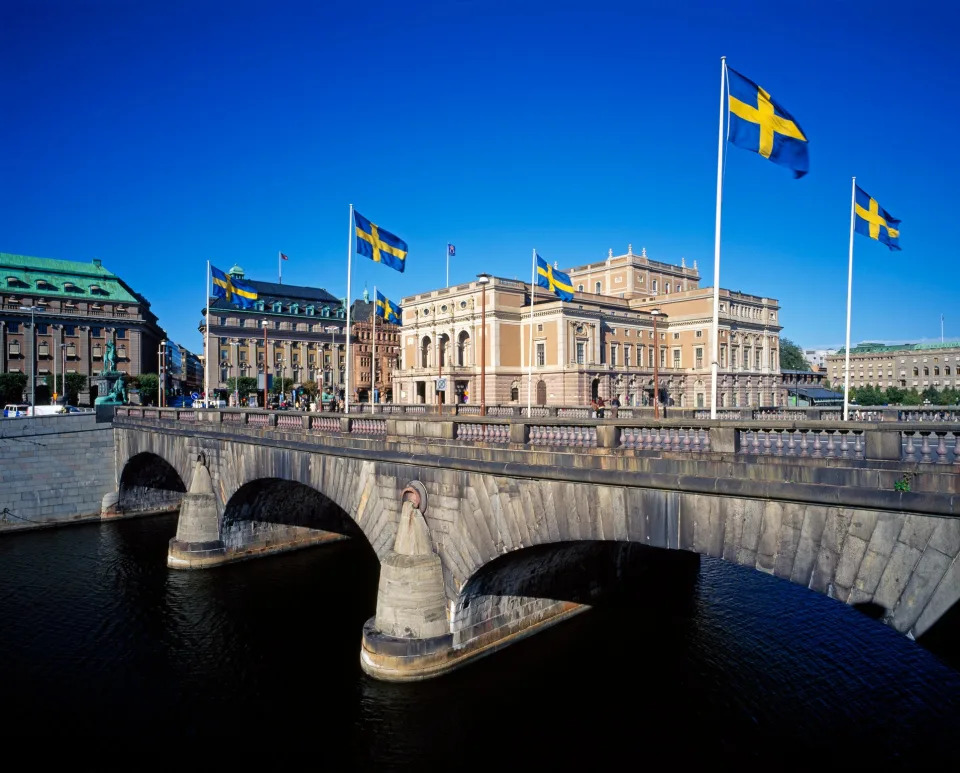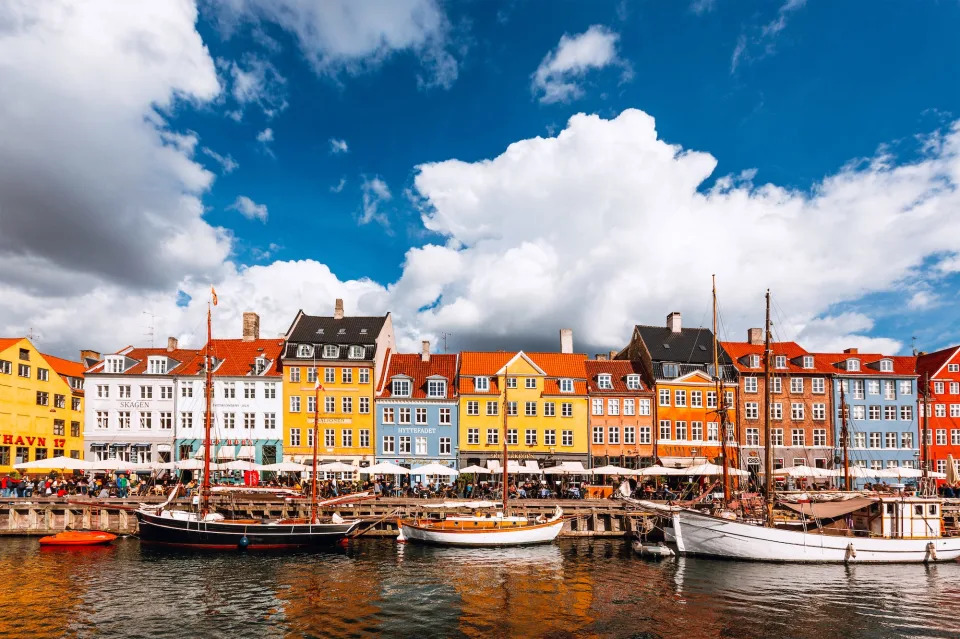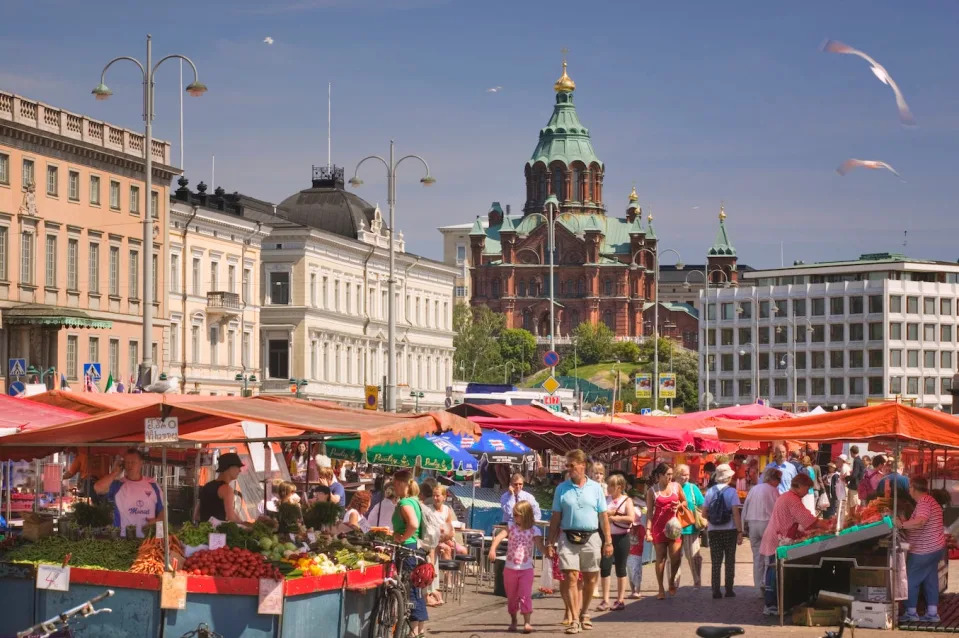Business Insider
Elon Musk’s DOGE has worked quickly to cut federal agencies. Here’s a list of what’s been targeted so far.
Grace Eliza Goodwin – March 6, 2025
- Trump established the Department of Government Efficiency to cut federal spending and root out waste.
- Under Elon Musk, DOGE has already targeted a number of federal agencies, including USAID and the DoD.
- Here’s a list of the government programs and agencies DOGE has gone after so far.
Since returning to the White House, President Donald Trump has wasted little time sending his newly created DOGE office after federal agencies.
On his first day in office, Trump signed an executive order officially creating DOGE. With billionaire SpaceX and Tesla CEO Elon Musk as its de facto leader, the group has taken swift action toward its stated goal of rooting out government fraud, waste, and abuse of taxpayer dollars.
Here’s a list of the agencies DOGE has targeted so far and other key initiatives from the new organization.
Social Security Administration
The Trump administration has sent DOGE to find fraud within the Social Security Administration, arguing that the agency sends out payments to dead Americans. A Business Insider analysis of recent SSA audits found that errors like overpaying beneficiaries and paying dead people amount to less than 1% of the SSA’s total benefits payouts — far less than Trump and Musk have claimed.
The SSA — which manages Social Security benefits and payouts — has been the target of DOGE’s sweeping reduction of the federal workforce, cuts that SSA workers have warned could delay payments to beneficiaries and hinder frontline workers’ ability to handle claims and issue Social Security cards.
As part of the Trump administration’s efforts to restructure the SSA, the agency banned its workers from reading the news on their work devices. One worker told BI that they sometimes need to access news sites to, for example, confirm deaths through obituaries, and without that ability, recipients’ claims could be slowed down.
Department of Defense
DOGE is now going after the Department of Defense, the oldest and largest government agency in the US, with a total budget of over $800 billion.
In early February, Trump said that he expected DOGE to “find billions, hundreds of billions of dollars of fraud and abuse” in the Pentagon. That includes what Trump’s national security adviser Mike Waltz has called the “absolute mess” of US shipbuilding.
DOGE posted on X on February 14 that it had begun looking into the DoD.
“Great kickoff with @DeptofDefense,” the post said. “Looking forward to working together to safely save taxpayer dollars and eliminate waste, fraud and abuse.”
DOGE staffers have been at the Pentagon collecting lists of probationary employees across defense agencies, and it’s expected that many could soon be terminated, people familiar with the matter told The Washington Post.
Internal Revenue Service
DOGE has set its sights on the IRS.
The task force sought access to the Internal Revenue Service’s data system that houses highly sensitive information about every taxpayer, nonprofit, and business in the country, The Washington Post reported on February 16.
The IRS considered granting DOGE broad access to its systems and data, including its Integrated Data Retrieval System, which lets IRS workers view and adjust taxpayer accounts and data, the Post reported.
But The White House later agreed to block DOGE’s full access to the IRS’s payment systems, instead granting read-only access of taxpayer data that has been anonymized, the Post reported on February 20, citing people familiar with the arrangement.
Before the agreement to make the data anonymous and read-only was reached, officials sounded alarm bells about the kind of access DOGE would have. Even within the IRS, access to this data is strictly monitored, and employees are prohibited form accessing their own files or those of their friends and family, according to the agency’s employee handbook.
Democratic Senators Ron Wyden of Oregon, a ranking member of the Committee on Finance, and Elizabeth Warren of Massachusetts, a ranking member of the Committee on Banking, Housing and Urban Affairs, wrote a letter to the IRS on February 17 urging DOGE to disclose the extent of its access to IRS systems.
The senators argued that giving DOGE access to sensitive taxpayer data raises “serious concerns that Elon Musk and his associates are seeking to weaponize government databases containing private bank records and other confidential information to target American citizens and businesses as part of a political agenda.”
The IRS was also one of several federal agencies where probationary employees were fired en masse. The agency’s enforcement of tax evasion could be hit especially hard by the cuts.
And the IRS is working up plans that could cut its 90,000-person workforce in half through a variety of layoffs, attrition, and incentivized buyouts, the Associated Press reported on March 4 citing people familiar with the matter.
The IRS did not immediately respond to a request for comment from Business Insider.
National Institutes of Health
The National Institutes of Health — the federal agency that funds and conducts medical research under the Department of Health and Human Services — announced in a directive on February 7 that it was cutting how much of its funding can be used for administrative overhead.
The NIH said it would be placing a 15% cap on “indirect costs” related to research projects, which includes things like personnel, facility maintenance, and equipment. The NIH said on X that this limit would save the agency $4 billion per year, “effective immediately.”
After separate lawsuits from state attorneys general and organizations representing hospitals and research institutions, a federal judge temporarily blocked the funding cuts in February, and in March, extended that pause in a preliminary injunction.
The NIH has also been targeted by Trump and Musks’s widespread staffing cuts across the federal workforce, with the agency losing over 1,100 staffers, according to an internal email obtained by Reuters.
Federal worker layoffs
As part of Trump and Musk’s promise to reduce the federal budget, the Trump administration has laid off thousands of probationary workers — typically, employees who have been in their roles for less than two years — from a wide swath of federal agencies.
That includes workers at the Forest Service, the Office of Personnel Management, Small Business Administration, Centers for Disease Control and Prevention, Department of Education, the Federal Aviation Administration, the Food and Drug Administration, the Centers for Medicare and Medicaid Services, the Internal Revenue Service, Veterans Affairs, and the Environmental Protection Agency.
Centers of Medicare and Medicaid Services
The Centers for Medicare and Medicaid Services, the agency that provides healthcare to more than 160 million Americans, said in a press release on February 5 that its officials were working with DOGE to find “opportunities for more effective and efficient use of resources in line with meeting the goals of President Trump.”
In response to a post containing a Wall Street Journal article about CMS collaborating with DOGE, Musk wrote on X, “Yeah, this is where the big money fraud is happening.”
On February 12, a group of 32 Democratic Senators wrote a letter to Trump urging him and Musk to keep their “hands off Medicare or Medicaid.”
“DOGE is invading CMS, posing immeasurable risks to Americans’ health care,” the letter reads. “DOGE representatives, with no training or expertise, could make unilateral, politically motivated decisions to target both beneficiaries and health care providers while blocking access to care and essential payments for services.”
National Aeronautics and Space Administration
NASA is also on DOGE’s hit list.
While at the Commerce Space Conference in Washington DC on February 12, the space agency’s acting administrator said that NASA was expecting a visit from DOGE.
“So we are a federal agency. We are going to have DOGE come. They are going to look — similarly to what they’ve done at other agencies — at our payments,” said Janet Petro, in comments reported by Bloomberg.
On February 14, the space agency confirmed to Flying, an aviation-focused magazine, that DOGE staff were on-site to review its payments.
NASA has done quite a lot of business with Musk’s own space company, SpaceX, amounting to around $14.5 billion in contracts between the two.
In a February 6 letter to NASA’s Janet Petro, Democratic Representatives Zoe Lofgren, a ranking member of the Committee on Science, Space, and Technology and Valerie Foushee, a ranking member of the Subcommittee on Space and Aeronautics, demanded the space agency provide answers on whether it was working with DOGE.
And in a follow-up letter sent on February 21, the representatives — now joined by Rep. Emilia Sykes, a ranking member of the Subcommittee on Investigations and Oversight — again urged the agency to disclose the extent to which it is working with DOGE, arguing that Musk’s involvement is a dangerous conflict of interest.
Department of Education
Trump has repeatedly said he wants to shut down the Department of Education (ED). On February 12, he told reporters that he wants the department closed “immediately,” adding that it “is a big con job.”
Along with some GOP lawmakers, Trump has said that education should be handled at the state and local level, and that a federal agency isn’t necessary.
On February 12, DOGE said that it had cancelled a number of ED contracts — including a “$4.6M contract to coordinate zoom and in-person meetings,” a “$3.0M contract to write a report that showed that prior reports were not utilized by schools,” and a “$1.4M contract to physically observe mailing and clerical operations.”
The cost-cutting group has also said that it has terminated 89 contracts at the ED, totaling $881 million.
Trump has said that he wants his newly confirmed education secretary, Linda McMahon, to put herself out of a job — a task McMahon herself hinted at in an email to ED staff about the agency’s “historic final mission.” And that may come sooner rather than later — Trump is expected to imminently issue an executive order disbanding the Education Department, the Wall Street Journal reported in March, citing people familiar with the matter.
DEI Initiatives
On his first day in office, Trump signed an executive order terminating federal roles, offices, and programs related to diversity, equity, and inclusion.
And on January 31, just 11 days into its existence, DOGE announced it had terminated 104 government contracts related to DEI programs and initiatives.
DOGE said the cuts — spanning 30 agencies including the Federal Aviation Administration, Department of Veterans Affairs, Office of Personnel Management, Environmental Protection Agency, and many more — created over $1 billion in savings.
US Agency for International Development
Musk has been working to shut down the US Agency for International Development, which funds humanitarian efforts around the world. As the world’s largest provider of humanitarian aid, the US channeled nearly $32.5 billion through the agency in 2024, providing aid to countries like Ukraine, Jordan, and Ethiopia.
In a post on X on February 3, Musk accused the agency of being a “criminal organization” and said he “spent the weekend feeding USAID into the wood chipper.” Hours later, USAID workers were told to stay home from work, and within days, the agency announced that all direct hire personnel would be placed on leave globally, with a few exceptions — a move that would have reduced its workforce from over 10,000 employees to less than 300.
Following a lawsuit from federal employee labor unions, a federal judge partially blocked Musk and Trump’s attempted shutdown of USAID — which legal experts argue is illegal without approval from Congress. The judge’s order temporarily blocked the Trump administration from placing USAID workers on leave, first until February 14, and in another extension, until at least February 21.
But by the end of February, USAID workers were told to clear out their desks at the agency’s Washington, DC headquarters after the Trump administration said it was ending 90% of the department’s contracts.
On March 5, the Supreme Court ruled against the Trump administration‘s freeze on foreign aid, allowing the release of nearly $2 billion in foreign aid funds.
Experts have warned that a shutdown of USAID would make China more powerful on the world stage.
Federal worker buyout
As part of Musk and Trump’s efforts to trim government spending and reduce the federal workforce, the Trump administration emailed a buyout offer to around 2 million government employees. The deferred resignation, sent by the Office of Personnel Management at the end of January, offered to pay employees their full salary and benefits through September, without the need to work during that time, in exchange for their resignation.
The offer was met with mass confusion, shock, and outrage from federal employees, many of whom questioned whether the government could actually promise to pay them through September with a looming government shutdown in March when current funding runs out.
The offer appeared to come straight out of Musk’s playbook, right down to the title of the email sent to federal workers: “Fork in the Road.”
After federal labor unions filed a lawsuit arguing that the offer is illegal, a federal judge twice extended the deadline for employees to accept the buyout, but ultimately ruled that it can proceed.
The offer finally closed on February 12, with 75,000 workers accepting the buyout, according to the Office of Personnel Management.
Federal Aviation Administration
Following the deadly American Airlines plane crash in Washington DC in January, Musk announced he would be going after the Federal Aviation Administration.
Days after the crash, Musk wrote on X that the FAA’s “primary aircraft safety notification system failed for several hours,” adding that, as a result, Trump gave the DOGE team his approval to “make rapid safety upgrades to the air traffic control system.”
Transportation Secretary Sean Duffy confirmed Musk’s role, saying the DOGE team was “going to plug in to help upgrade our aviation system.”
Republican Senator Ted Cruz of Texas — who chairs the committee that oversees the FAA — said he’s confident in Musk’s ability to upgrade the FAA, adding that the American people should take “real comfort in his ability to navigate complicated technologies.”
Not everyone has so much faith in Musk.
Democratic Senator Maria Cantwell of Washington argued in a letter to Duffy that, as the CEO of SpaceX, Musk has a clear conflict of interest that should prohibit his involvement with the FAA.
Last year, the FAA proposed fining SpaceX more than $600,000 for two occasions where the rocket company is said to have violated its launch licenses.
On February 19, Duffy said on X he had enlisted SpaceX engineers “to help upgrade our aviation system.”
The FAA said in a statement to Business Insider on February 25 that it had begun testing out a SpaceX Starlink internet terminal at its facility in Atlantic City and two terminals at its “non-safety critical sites in Alaska.”
Treasury Department
Trump said he granted Musk and his DOGE team access to the Treasury department’s digital payments system, which controls trillions of dollars in payments to Americans — everything from Social Security benefits to tax refunds.
The Treasury Department said Musk’s team was only granted “read-only” access to the system, but the move still sparked criticism, particularly from Democratic lawmakers and federal workers’ unions. The unions sued the Treasury Department, arguing that the agency had illegally granted Musk access to sensitive personal and financial information.
Trump defended Musk’s access to the platform, telling reporters it was only so that DOGE could find additional areas to cut government waste.
“Elon can’t do and won’t do anything without our approval, and we will give him the approval where appropriate,” Trump said.
On February 14, the Treasury Department’s acting inspector general said in a letter obtained by the AP that he was launching an audit of the payment system’s security controls and would be looking into whether any “fraudulent payments” had been made, as Musk has alleged. The Government Accountability Office also said it would be opening a probe into DOGE’s access to the payment system, according to a letter sent to lawmakers that was obtained by Politico.
For now, a federal judge has barred DOGE officials from accessing the Treasury Department’s sensitive payments systems until a lawsuit alleging the access is illegal concludes.
Federal Emergency Management Agency
Trump has threatened to overhaul, or entirely scrap, the Federal Emergency Management Agency, which provides aid to Americans following natural disasters like Hurricane Milton and the LA wildfires.
The president has called the agency, which employs more than 20,000 staff around the US, a “very big disappointment” that is “very bureaucratic,” “very slow,” and costs “a tremendous amount of money.”
On February 10, Musk wrote on X that “FEMA betrayed the American people by diverting funds meant for natural disasters to pay for luxury hotels for illegal migrants.”
But New York City officials said that FEMA had correctly allocated the funds, which were never part of a disaster relief grant and were not used on luxury hotels, as Musk had said, The New York Times reported.
Hours after Musk’s post, FEMA’s acting director, Cameron Hamilton, posted on X that the payments had been suspended and that the responsible personnel will be held accountable.
On February 11, a spokesperson for the Department of Homeland Security announced that four FEMA officials had been fired in connection to the payments, including the agency’s Chief Financial Officer, two program analysts, and a grant specialist.
National Oceanic and Atmospheric Administration
On February 6, a group of Democratic lawmakers accused “unelected and unvetted associates of Elon Musk and the so-called Department of Government Efficiency” of targeting the National Oceanic and Atmospheric Administration. The NOAA is in charge of forecasting the weather, analyzing climate data, and tracking extreme weather events.
Senator Chris Van Hollen and Congressman Jamie Raskin, along with other Maryland Democrats, penned a letter alleging that DOGE bureaucrats had been visiting NOAA headquarters, housed within the Department of Commerce, with the intent to break up the agency and merge it with the Department of the Interior.
In their letter, the lawmakers urged the leaders of the US Department of Commerce, Howard Lutnick and Jeremy Pelter, to maintain the independence and integrity of the NOAA, as Lutnick had promised to do in his confirmation hearing.
The lawmakers argue that DOGE is illegally attacking NOAA without congressional approval, in an attempt to dismantle and privatize the agency which they say would rob American farmers, businesses, and citizens of crucial, life-saving services.
The Trump administration has already laid off hundreds of workers at NOAA, which meteorologists say will degrade weather forecasts and public safety.
Consumer Financial Protection Bureau
Musk has repeatedly called for the elimination of the Consumer Financial Protection Bureau, which was established in 2011 after the Great Recession to oversee financial products and services offered to Americans. It seeks to protect Americans from financial scams and abusive practices, like excessive overdraft fees.
“CFPB RIP,” Musk wrote on X on February 7 next to a tombstone emoji.
Trump’s Treasury Secretary Scott Bessent ordered the CFPB to halt most of its work and told the consumer watchdog agency to stop issuing “public communications of any type.”
The CFPB has told staffers to “not perform any work tasks” while it shuts down its DC headquarters amid an uncertain future.
The agency followed up by sending termination notices to dozens of employees, some of whom had already accepted the buyout offer, sources familiar with the situation told CNBC.
The agency’s first director, Richard Cordray, has warned that shuttering the CFPB would turn the consumer finance world into the “wild, wild west,” adding that Musk’s attempted shutdown is unethical and, with his plans to offer financial services through X, could be considered a conflict of interest.
Productivity email sent to federal employees
DOGE sent a mass email to federal workers on Saturday, February 22 asking them to provide five bullet points explaining what work tasks they had accomplished in the past week. They were given a Monday night deadline to respond, and if they didn’t, Trump threatened that they could be “semi-fired” or “fired.” While at first Musk said anyone who didn’t respond would be terminated, he later changed course to say workers would be given another chance.
The “What did you do last week?” email, sent by the Office of Personnel Management, followed Trump’s instruction to Musk to”get more aggressive” in reducing the size of the federal workforce.
In a post on X on February 24, Musk explained the email as “basically a check to see if the employee had a pulse and was capable of replying to an email.”
The email caused mass confusion among federal workers, who received conflicting guidance from their superiors on whether to respond or not.
It’s not yet clear how the differing guidance across federal agencies will be resolved, but Musk said on X that the “mess will get sorted out this week.”
“Lot of people in for a rude awakening and strong dose of reality,” his post continued. “They don’t get it yet, but they will.”
More in U.S.







